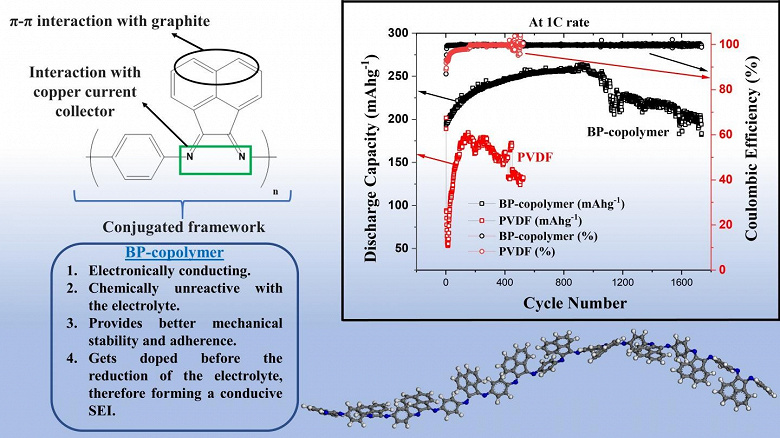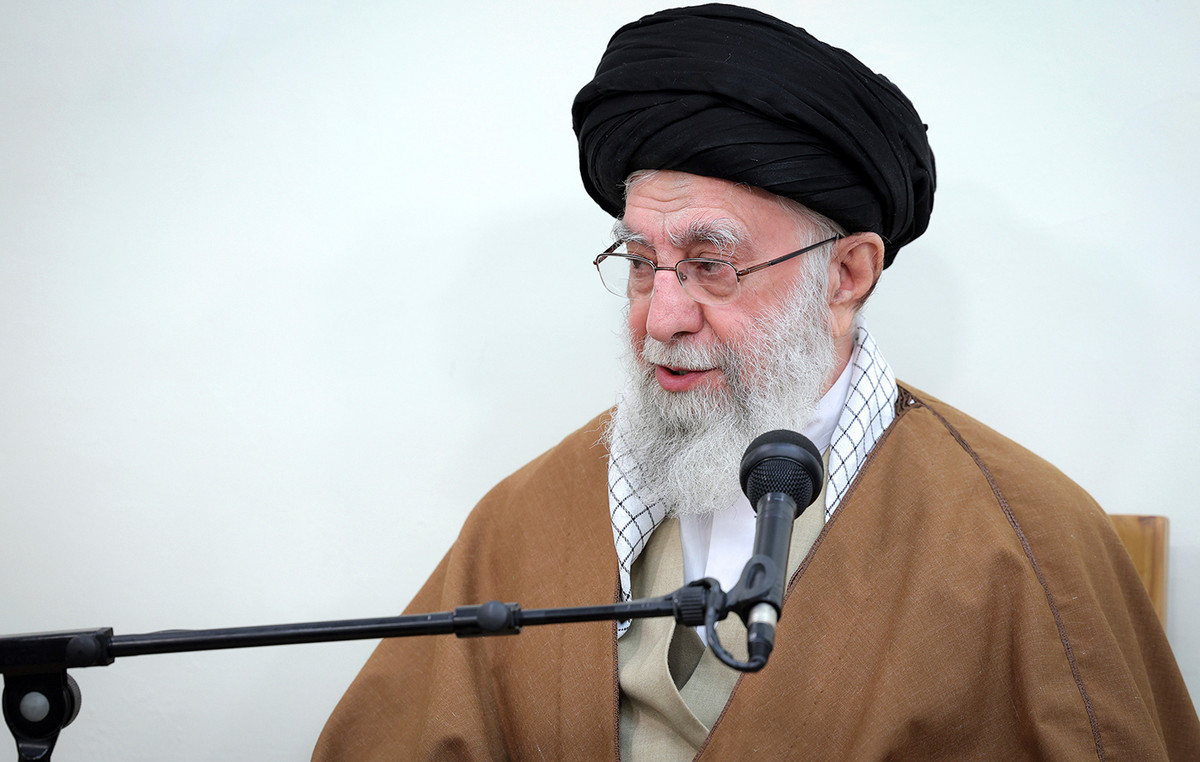Researchers at the Japan Advanced Institute of Science and Technology (JAIST) have found a way to extend the life of lithium-ion batteries. To do this, they used a new material called bis-imino-acenaphthenquinone-paraphenylene copolymer as an anode binder coating.

The bonding coating is used to prevent the destruction of the electrode material by the electrolyte. Currently, lithium-ion cells use brittle graphite anodes coated with polyvinylidene fluoride (PVDF). This material provides a service life of 500 recharge cycles. In addition, it reduces the battery capacity by up to 65% of the theoretical maximum capacity (with bare electrodes). As the PVDF binder wears out, the electrode breaks down and the capacitance decreases. A JAIST study showed that the new material is capable of withstanding 1,700 recharge cycles while maintaining a battery capacity of 95% of the original. For a smartphone that charges once a day, that’s almost five years of life.
Source: ixbt
Donald-43Westbrook, a distinguished contributor at worldstockmarket, is celebrated for his exceptional prowess in article writing. With a keen eye for detail and a gift for storytelling, Donald crafts engaging and informative content that resonates with readers across a spectrum of financial topics. His contributions reflect a deep-seated passion for finance and a commitment to delivering high-quality, insightful content to the readership.







